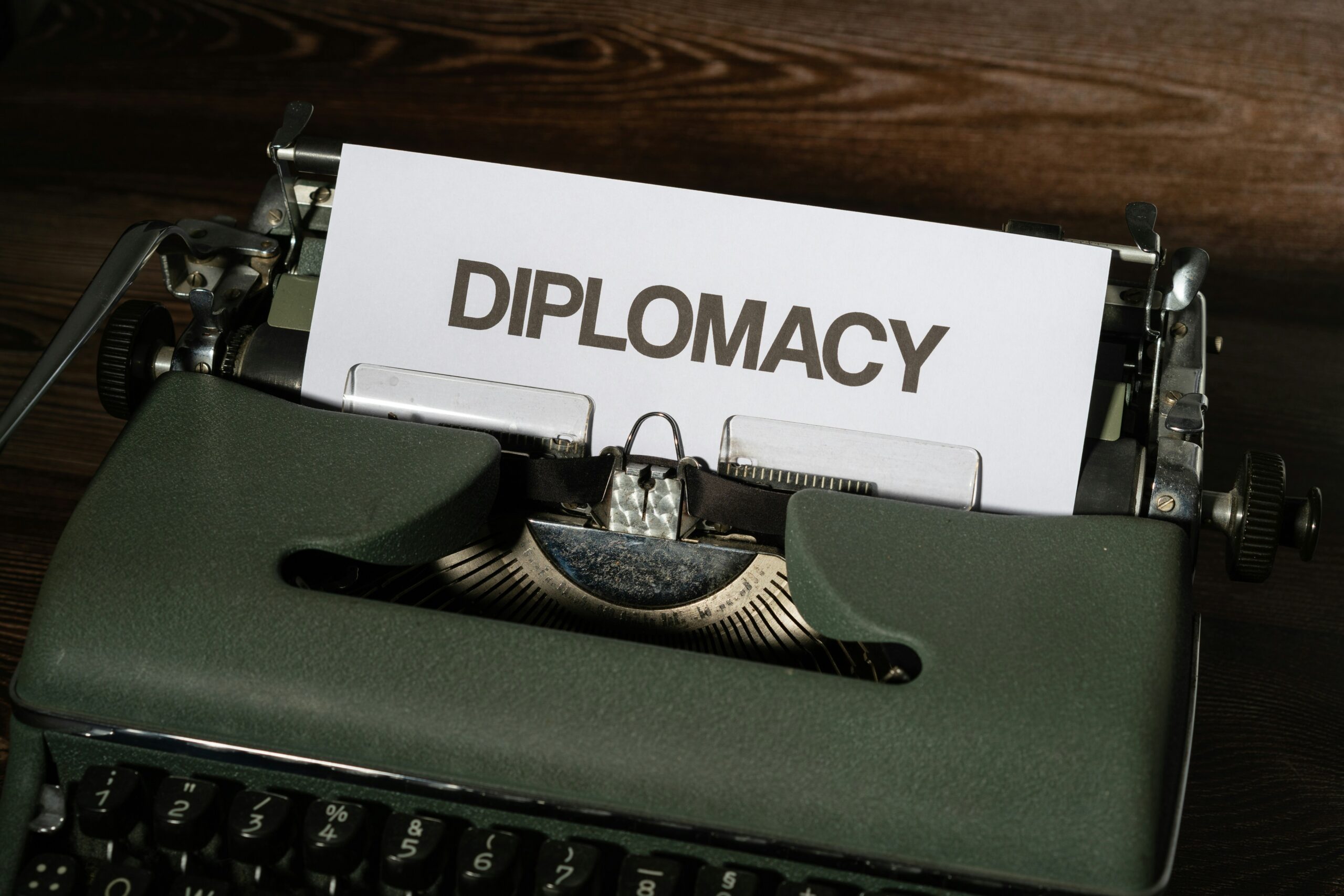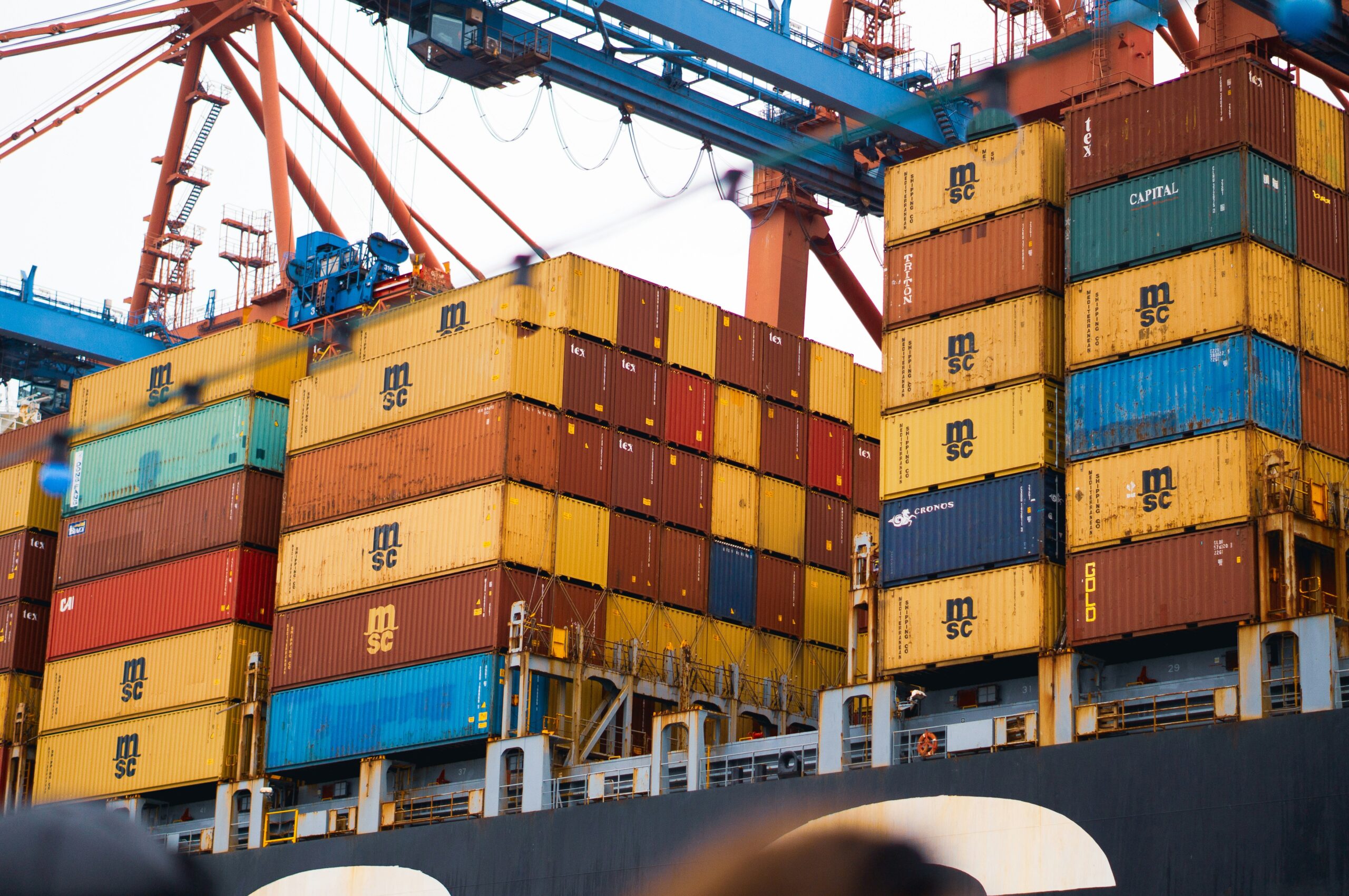The comprehensive and progressive agreement for the trans-pacific Partnership(CPTPP) is a free trade agreement(FTA) between Australia, Brunei Darussalam, Canada, Chile, Japan, Malaysia, Mexico, Peru, New Zealand, Singapore, and Vietnam. It was penned by the eleven nations on 8th March 2018 in Santiago, Chile. Importantly for Australia, it ensures that the comprehensive market access program established by the original TPP will continue. The Parties will implement this market access package, creating significant new opportunities for Australian exporters, investors, and companies conducting foreign business. It upholds the original TPP’s high standards, expansive reach, and regulations.

Current status of the Agreement
The agreement concluded on 23rd January 2018. Eleven countries signed the agreement on 8th March in Santiago Australia, Brunei Darussalam, Canada, Chile, Japan, Mexico, Malaysia, New Zealand, Peru, Singapore, and VietNam. It incorporates, by reference, the vittles of the Trans-Pacific Partnership Agreement(TPP) except a small number of specialized articles. Also, it suspends the operation of some vittles. These are set out in the addition to the CPTPP information about the TPP agreement, including the TPP text and side instruments to the CPTPP, which can be set up on its text and resource page. Australia, Canada, Japan, Mexico, New Zealand, Singapore, and VietNam have all ratified driving its entry into force from 30th December 2018. CPTPP entered into force for Peru on 19th September 2021. Brunei Darussalam, Chile, and Malaysia have yet to notify the Depositary that they’ve completed their applicable domestic procedures to confirm.
CPTPP role
The rights and scores under the CPTPP fall into two orders:
- Rules for illustration, on how countries should make new food safety regulations or whether they can ban the transfer of data to other members.
- Request information on the extent to which each member will reduce its tariffs, expand its services market, ease visa requirements for business travelers, and other such measures. In some cases, the commitments are offered to all other members, while in others they’re confined to specific negotiating partners.
It provides for nearly complete liberalization of tariffs among the participants. Tariffs are retained in only many largely sensitive areas. For illustration, Japan keeps tariffs on rice, while Canada’s dairy industry is also defended. Still, for example, 70 percent can come from any combination of CPTPP countries, if a good has to have at least 70 percent CPTPP content to qualify for preferential tariffs. Small and medium-sized businesses (SMEs) face difficulties finding export customers, and the CPTPP includes provisions to make this process simpler throughout the CPTPP region.
CPTPP significance
The original TPP(including the US) would have been one of the world’s largest profitable blocs, accounting for over 30 percent of the world GDP. For this reason, it was allowed
that it would have been suitable to exercise a high degree of influence over the rules governing the world economy. The Obama administration specifically hoped that it may serve as a tool to restrain China’s ascent, setting rules for such a large group of countries that China would be impelled to follow them. The lower(if further ambitiously named) CPTPP is less significant but still accounts for a substantial share(about 13 percent) of world GDP. This could arise, and help the CPTPP to become indeed more important, were the US to come back on board. President Biden had suggested support for such a move beforehand on his train but has since said that the US is not going to enter any new trade agreement with anybody until they have made major investments at home and in the workers. So this seems doubtful in the short term.



